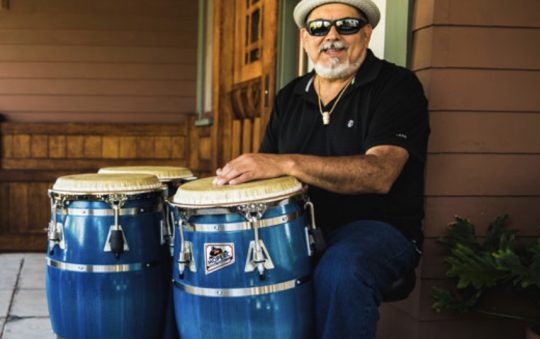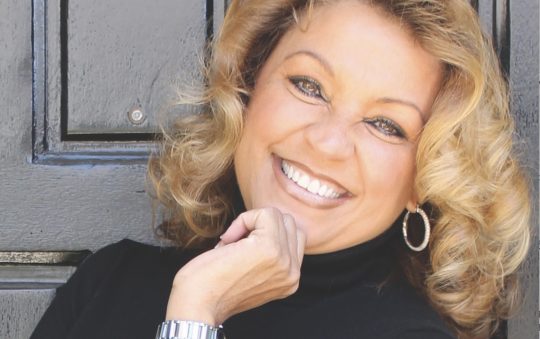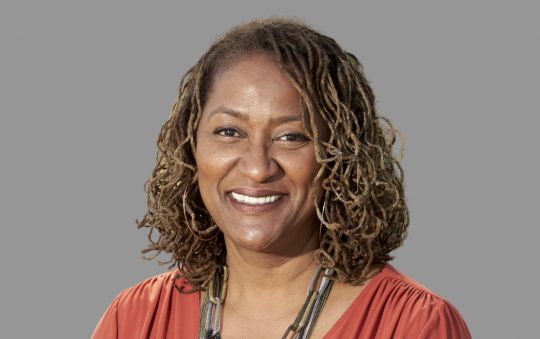
This summer, after 98 years, the LA County Board of Supervisors voted to return Bruce’s Beach to the descendants of its rightful owners Charles and Willa Bruce. In the early 20th century, Bruce’s Beach Lodge was the only space in Manhattan Beach that allowed Black vacationers. It was a safe haven where they could dine and enjoy the beach, at a time when Black people were prohibited from many other shared public spaces.
As the beach’s popularity grew, so did White resentment. The property was vandalized and the family received threats. And when that failed to scare the Bruces away, the county enacted eminent domain, seizing their property in 1924, only paying the Bruce’s pennies. This ruined them financially and robbed them of their legacy.
In 2007, the Manhattan Beach mayor placed a commemorative plaque recognizing Bruce’s Beach. Having the history of their family’s contribution acknowledged was a first step, but considering the loss of generational wealth, it was not nearly enough. This reignited the Bruce family’s call for justice, leading to this year’s long-awaited victory.
The fight for Bruce’s Beach activated the national organization, Where Is My Land (WIML), which is committed to reclaiming land stolen from Black people and pursuing reparations for lost wealth. WIML builds on the Decolonizing Wealth Project, which educates the public on the need for reparations and campaigns around wealth redistribution for Black and Indigenous people in America.
Watching this growing movement of communities of color who are advocating to reclaim the land of their descendants gives me hope, because at the core of restorative justice is a chance to heal communities and rehabilitate systems and structures that have held us back for generations.
It also got me thinking: Can we answer the call for restorative justice by changing the way Black people receive healthcare?
South L.A., like numerous other communities of color in the United States, has suffered decades of neglect and discrimination. It wasn’t until 1972, in the aftermath of the Watts Riots, that a hospital was built to serve South L.A.
King-Drew Medical Center served its community well for years. Then it began to struggle. In 2007, it closed, leaving one of the most medically underserved areas of the nation without a hospital once again.
When MLK Community Hospital opened in 2015, it was a symbol of hope. This small community hospital has won awards, received five star ratings for patient safety and quality, implemented state-of-the-art systems and been toured by visitors from across the country and around the world.
But just like the commemorative plaque at Bruce’s Beach, simply building a hospital is not enough. One hospital in the middle of a health care desert is no match for decades of underinvestment in a historically underserved community.
Providing quality healthcare to an underserved community like South L.A. is a form of social justice. Since MLKCH opened, we’ve expanded from a hospital to a growing health system. We’ve created a new medical group. We’re piloting and adopting innovative initiatives to bring and expand care to the people of our community. Our programs, such as integrated behavioral and physical health care, street medicine and comprehensive diabetes management are often enabled by support from visionary philanthropists.
We’ve put in the work to be a hospital this community can count on. But, we are reaching the limits of what a single health system and private philanthropy can do. We need policy change to address the structural disparities in availability of quality healthcare.
The team at MLKCH and our community partners have been advocating in Sacramento for Assembly Bill 2426, known as Health Equity Funding for South LA. This bill would help us care for more people, more effectively and enable us to channel more resources into fighting the root causes of poor health.
We could add resources for prevention and management of chronic diseases, including the epidemic of diabetes that afflicts South LA. We could expand maternity services to include prenatal care, something that too many women in our community lack. In a health care desert, we could bring more doctors to a place that desperately needs them.
The bill was carried by Assemblymember Mike Gipson and State Senator Steve Bradford—and it passed both legislative houses with no opposition. Now, it is waiting for approval by Governor Gavin Newsom. Once it is signed, our advocacy will continue as we push for funding in the state budget to make our goal a reality.
California’s leaders did a brave and important thing when they facilitated the opening of a state-of-the-art hospital in an underserved community. Private philanthropy built upon that vision when people like Connie and Steve Ballmer and the Weingart Foundation provided start-up funding to support a new medical group. Enacting AB2426 is the next step in a public-private partnership that dreams of a better future for low-income communities.
Ultimately, to create the equitable future we envision, we need policy change. We need to address low Medi-Cal payments that perpetuate our nation’s separate and unequal system of care. We need to invest in community-based healthcare infrastructure. Taking these actions would bring more providers to underserved communities and advance health equity.
Hundreds of years of unpaid Black labor built the infrastructure and wealth of this country. Black bodies were used to make scientific discoveries and Black cells were used to create treatments that many communities benefit from today. There is no way to put a price on what this country owes those of us who are Black and impoverished, but justice came for Bruce’s Beach after 98 years.
My hope is that this is the beginning of a movement toward justice in all areas of Black lives.
Dr. Elaine Batchlor, CEO of Martin Luther King Jr. Community Hospital in South L.A., is a nationally recognized leader in improving acce to healthcare for underserved communities






